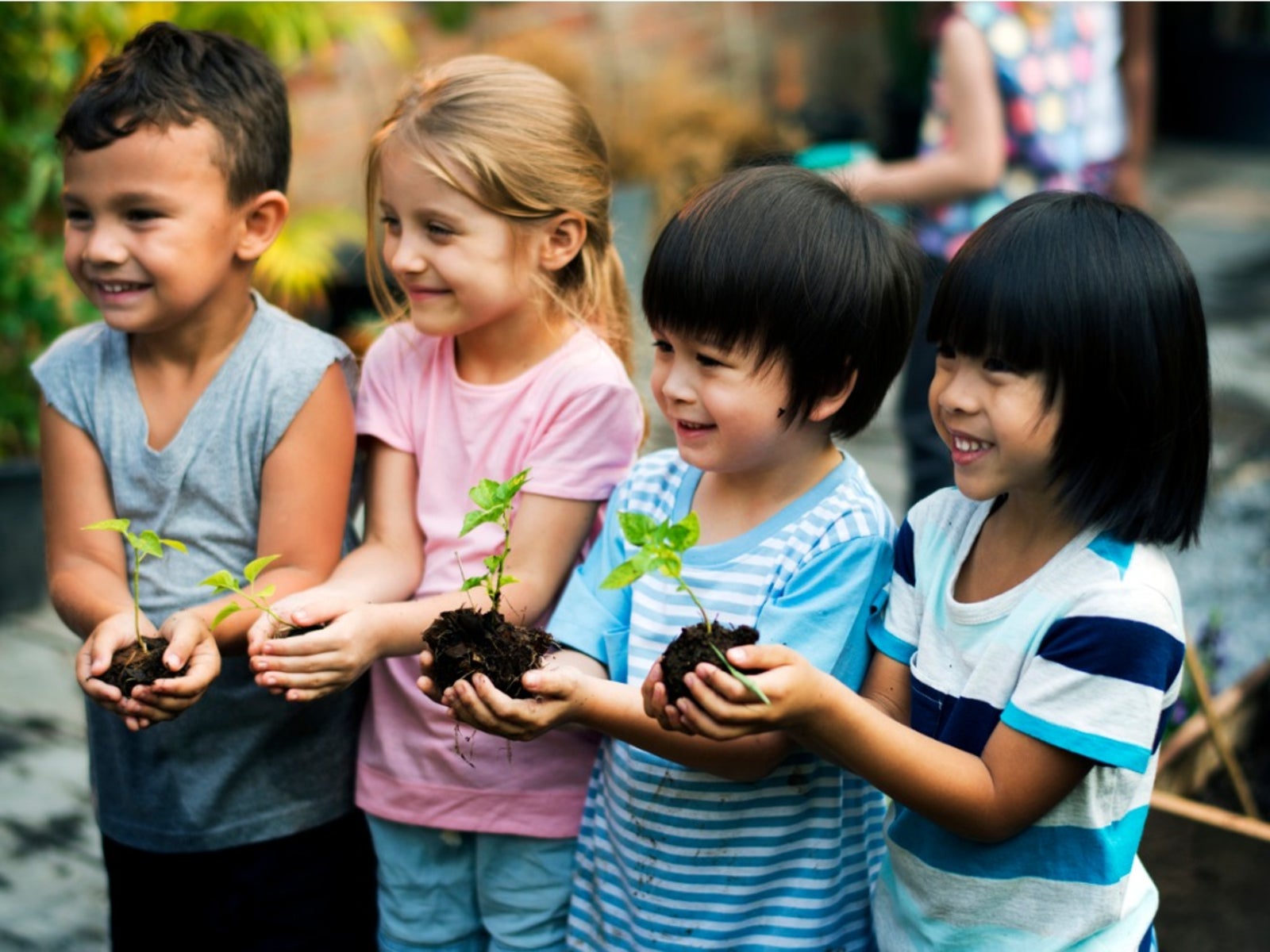The Kid's Guide To Gardens: How To Create A Whimsical Children's Garden

The goal of a garden for kids should be not only to serve as a teaching tool but also to stimulate the senses. Children are very tactile and respond to color, scent and texture. Instilling a love of gardening and a sense of stewardship requires not only an educational garden but also an alluring, inviting and entertaining one. Even very young children can gain a great deal from a garden. To get a basic understanding for children's garden ideas, this quick kid's guide to gardens can help.
Basic Kid's Garden Design
It is important to involve children in garden planning from the very beginning. Teaching kids to design a garden is a great way to introduce basic gardening principles and also instills a sense of responsibility and ownership. Keep your garden design simple; consider planning an interesting shape for your garden such as a butterfly, triangle or circle. If the garden is big enough, incorporate a path or small maze through which children can wander. Keep in mind that children are small, so plan your space accordingly and always use “kid size” structures. Incorporate bird feeders and birdbaths to invite nature into the garden.
Whimsical Children's Garden
Consider a fun children's garden that uses bright colors, both in plantings and in infrastructure. Incorporating children's art projects into a whimsical garden is a fun way to liven up a garden for kid's space. Allow children to make some statues or garden stakes and place them in locations throughout the garden. Add special features such as the following for even more interest:
Planting in a garden for kids should be informal yet neat. Fun plantings for a whimsical children's garden include:
Additional Children's Garden Ideas
Other children's garden ideas include theme gardens and sensory gardens.
- Theme gardens - These gardens revolve around a specific theme, such as a pizza garden or a butterfly garden. Theme gardens are a great way to tie in study units for children aged pre-school and older.
- Sensory gardens - A sensory garden is perfect for young children or children with a disability, and includes fun plants that offer unique aromas and textures. Incorporate small waterfalls or fountains into a sensory garden for an added effect.
Gardening with children is an enjoyable and rewarding experience for everyone involved. Teaching children the basic elements of gardening while allowing them to express creativity and energize their senses is a lively way of creating both a fun place for children to explore and a unique outdoor classroom.
Sign up for the Gardening Know How newsletter today and receive a free copy of our e-book "How to Grow Delicious Tomatoes".